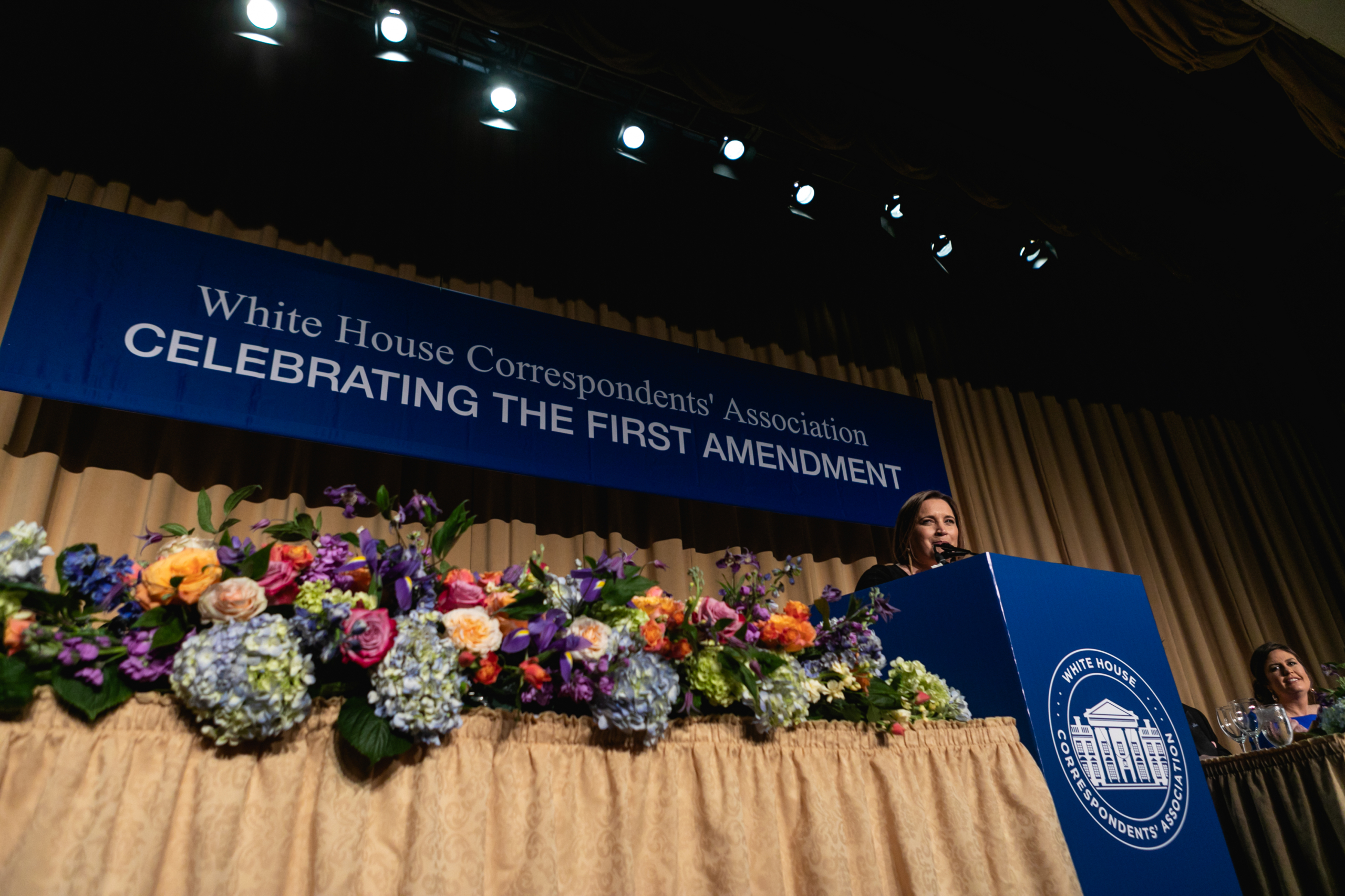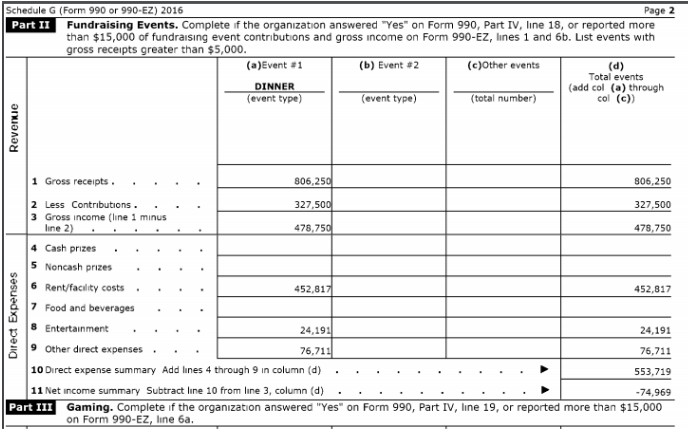Sign up for The Media Today, CJR’s daily newsletter.
Days after the White House Correspondents Dinner in Washington, the media continues to obsess over whether the event is worth it. On Tuesday, James Finkelstein, chairman of The Hill, issued a statement about how his organization won’t participate in the event in the future. “In short, there’s simply no reason for us to participate in something that casts our profession in a poor light,” he wrote, calling comedian Michelle Wolf’s speech “offensive” and “vulgar.” Others have defended the event and the comedy, calling it fitting for a moment in our political history dominated by porn stars and personal attacks.
Defenders of the dinner inevitably remind us that the importance of the event as a night to celebrate the First Amendment and raise money for student scholarships. On its website, the association focuses on scholarships for young reporters as a central reason behind the dinner: “The WHCA supports several scholarships aimed at encouraging a new generation of reporters. It is for this that we host the annual White House Correspondents’ Association dinner.”
ICYMI: “Jared Kushner literally called Secret Service on me”
So just how much money does the dinner raise? And how much of it actually goes to scholarships?
Steven Thomma, the association’s executive director, says this year the amount awarded to 27 students was $134,500 plus $13,500 from partner schools for a total of $148,000. Grants varied between $2,500 and $7,000. But the total amount of scholarships does not depend on the volume of contributions they receive at the dinner; the budget is predetermined by the executive director and a scholarship committee.
Last year, the dinner cost $553,719 to put on, and generated $806,250 in ticket sales and donations. (A detailed accounting of the 2018 event isn’t yet available.) Less than half of the contributions—$108,000—went to 25 scholarships; the rest went to general operating expenses like the organization’s searchable pool report archive or programming like panels with former White House secretaries. And the WHCA as a whole netted just over $29,000 for the fiscal year ending in October 2017.
Tickets to the dinner are $300 each, $125 of which is considered a tax deductible donation to the association. This year, the group sold 26 tables of ten at $3,000 each. In addition, Thomma tells CJR, “Some people say, ‘I just like you guys, I’m going to give you a contribution of $5,000.’ instead of attending the dinner.”
Expenses for the dinner are steep. For last year’s event, the White House Correspondents’ Association spent $452,817 on the venue and food, $24,191 on host Hasan Minhaj and other entertainment, and $76,711 for the percent of the executive director’s salary spent working on the dinner, as well as payments to vendors and event staff for a total of $553,719.
When asked if the focus on the dinner was the student scholarships, Thomma says the website’s description was “old language”: “It has to be absolutely clear: the annual dinner raises money for all of our expenses. It finances not just the the scholarships but also our operating expenses.”
ICYMI: The predictable outrage over the White House Correspondents’ Dinner
Has America ever needed a media defender more than now? Help us by joining CJR today.




